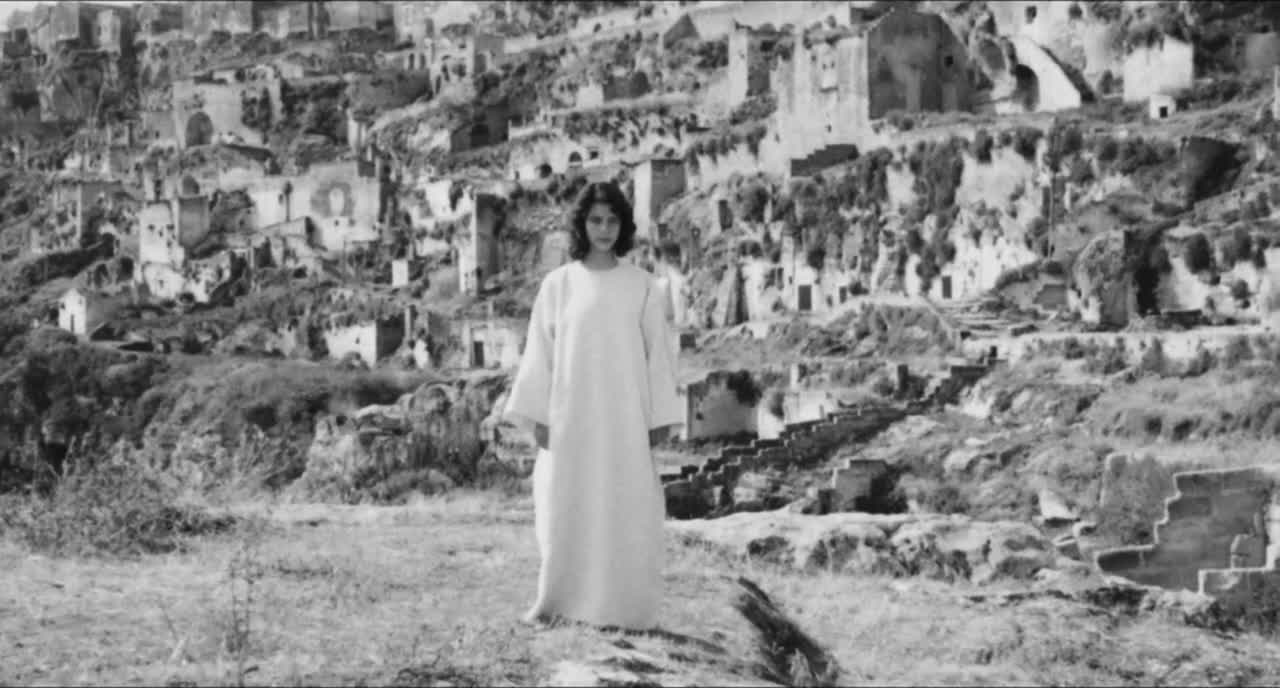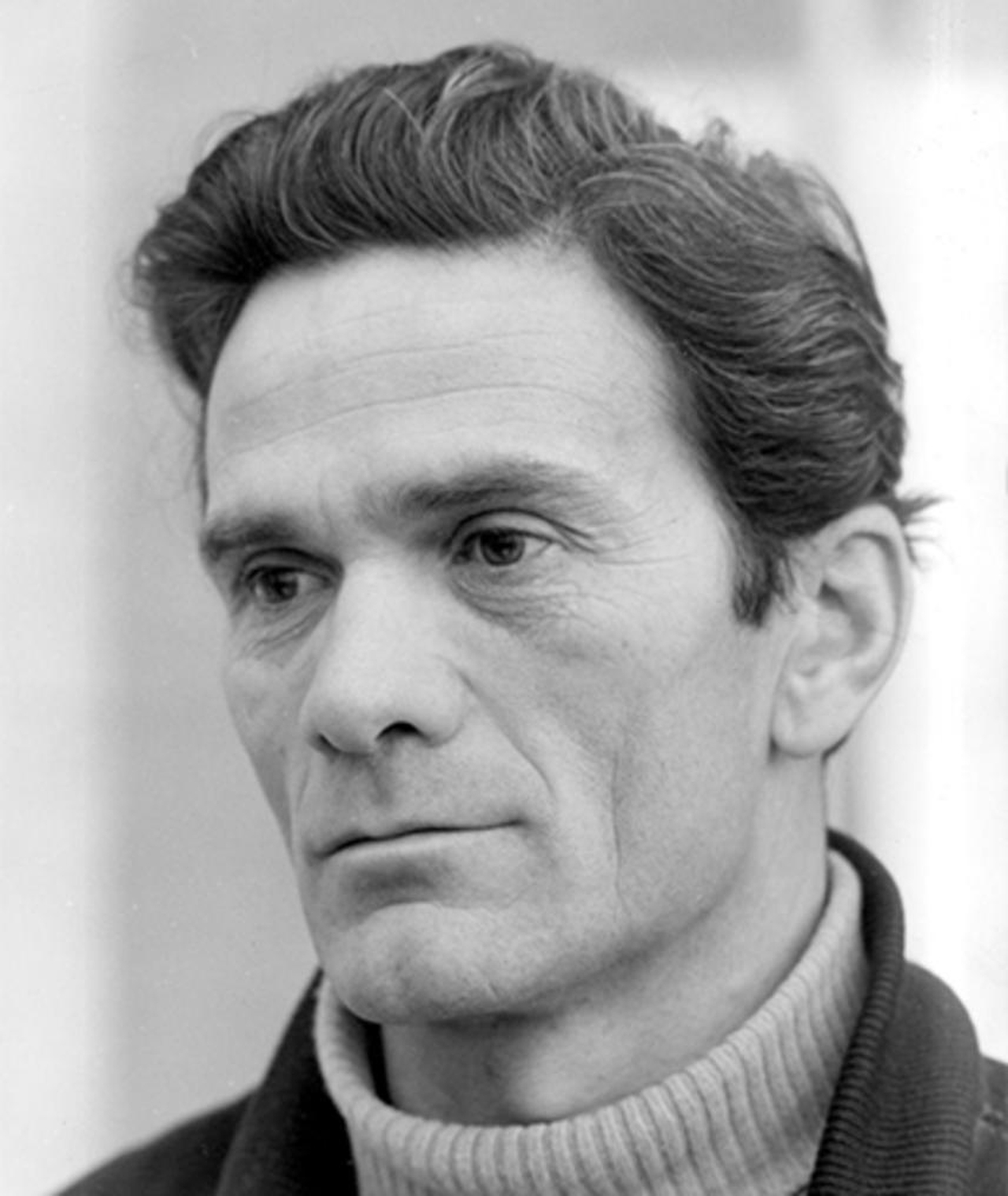

Original Name: Il Vangelo Secondo Matteo
English Name:The Gospel According To St. Matthew
Year : 1964
Run Time : 137 min
Language :Italian
Type (Colour/ Black & white): Black & White
Country :Italy
Director :Pier Paolo Pasolini
Producer :Alfredo Bini
Cast : Enrique Irazoqui, Margherita Caruso, Marcello Morante, Mario Socrate,
Settimio Di Porto, Alfonso Gatto, Ferruccio Nuzzo
Screenplay :Pier Paolo Pasolini
Cinematographer :Tonino Delli Colli
Editor :Nino Baragli
Sound Designer : Mario Del Pezzo
Music Composer :Luis Bacalov
Costume Designer :Danilo Donati
Production Designer :Luigi Scaccianoce
Production Company :Arco Film, Lux Compagnie Cinématographique de France

Pier Paolo Pasolini was a filmmaker, poet, journalist, novelist, playwright, painter, actor, and all-around intellectual public figure. He was a student of the written word, and among his earliest movie jobs was writing additional dialogue for Federico Fellini’s Nights of Cabiria (1957). Soon he was directing his first film, Accattone (1961). The outspoken and always political Pasolini’s films became increasingly scandalous—even, to some minds, blasphemous—from the gritty reimagining of the Christ story The Gospel According to St. Matthew (1964) to the bawdy medieval tales in his Trilogy of Life (1971–1974). Tragically, Pasolini was found brutally murdered before the release of his final work, the grotesque, Salò, or the 120 Days of Sodom (1975), still one of the world’s most controversial films.
Along a rocky, barren coastline, Jesus begins teaching, primarily using parables. He attracts disciples; he's stern, brusque, and demanding. He comes to bring a sword, not peace, he says. He's in a hurry, moving from place to place near the Sea of Galilee, sometimes attracting a multitude, sometimes being driven away. His parables often take on the powers that be, so he and his teachings come to the attention of the Pharisees, the chief priests, and elders. They conspire to have him arrested, beaten, tried, and crucified, just as he prophesied to his followers. After he dies, he appears to his disciples and gives them final instructions. The film forsakes mythic grandeur in favour of a depiction that emphasizes the political radicalism of Christ’s life, and with a visual style that drew from documentary and Renaissance painting alike.